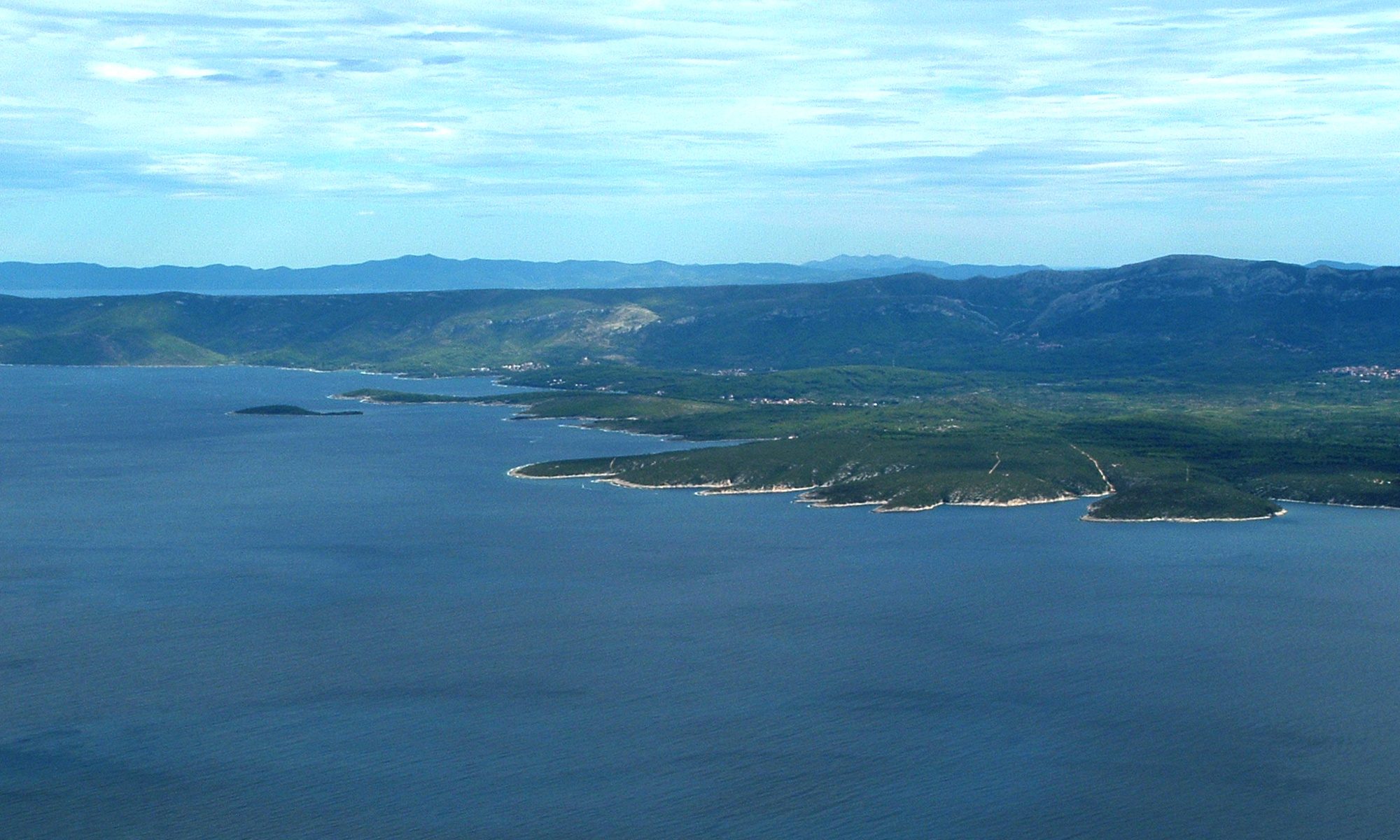The Art and Science of Creating a Shaded Relief Globe
Michael J. Fisher | Canada
Keywords: Martin Behaim, Vincenzo Coronelli, Gerardus Mercator, Celestial and terrestrial globe
With the help of skilled artisans in Nuremberg, Germany, Martin Behaim created what is now the oldest surviving terrestrial globedating back to the year 1492. However, the depicted known world had suddenly become obsolete with the voyage of Christopher Columbus to the New World.
Exploration, advancements in navigation, and the invention of new printing methods brought forward the Golden Age of Cartography. Moving from the Middle Ages into the Reformation, Renaissance, and the Age of Enlightenment brought us forward into the modern era of mapping the earth.
The cartographer of the 21st century uses digital tools of computer hardware and software. Google Earth has now replaced the physical globe with a computer rendered Earth as a three-dimensional globe using satellite imagery and digital elevation models. We have advanced in five hundred years from creating hand made terrestrial spheres to terabytes of digital data.
Cartography is defined as the Art and Science of Making Maps. Combined with the art of traditional hand made skills and the science of digital technology, we will bring these two worlds together to create a physical terrestrial globe.
It is not a spinning earth in virtual reality, but a Shaded Relief Globe made with plaster of Paris and printed gores: a globe representing the earth, mounted and rotating on its polar axis of 23.5 degrees.
